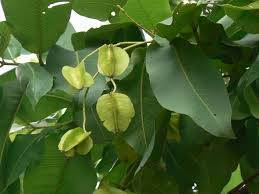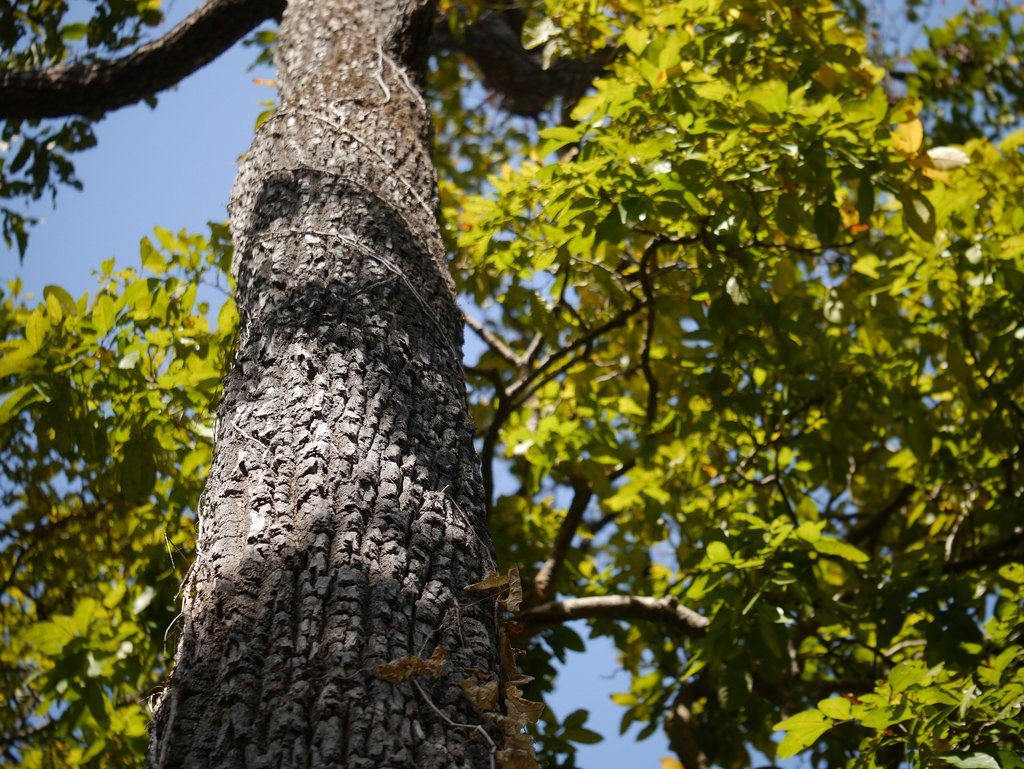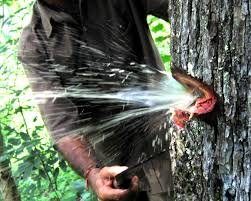Many of you are already aware of certain facts about Goa. In this series ‘Did You Know?’ I would like to bring out the importance of these facts.
Did You Know that….
Terminalia Elliptica or The ‘Indian Laurel’ is the State tree of Goa. A few other names of this tree are Mati, Asna, Saj, or Crocodile Bark Tree.
The fruit is ovoid, 3 cm long, with five wings not extending beyond the fruit apex. Its leaves are useful as they are fed to silkworms (Antheraea paphia) which are the producers of the tassar silk, which is quite prominent as far as its commercial use is concerned. 
What’s important is that the stem of the Indian Laurel has a water storing capability for the dry season which is often tapped and used as a source of potable water in summer by forest folk. This water is also thought to have medicinal properties and is a cure for stomach pain. It is interesting to note that they used to cut the barks of Matti tree and avail about one or two liters of water emerging from it just like a pipe running out of it. This is the reason that this Matti tree is sometimes known as the ‘Water Making Matti Tree.’
The bark is fire resistant, flaky and brownish black in colour and represents crocodile skin that is why the name ‘Crocodile bark tree’. The bark is used medicinally against diarrhoea. Oxalic acid can be extracted from it. Besides, the bark and especially the fruit yield pyrogallol and catechol to dye and tan leather. Also, its wood is quite strong, hard and durable and is used in furniture, railroad sleepers, building boats etc.
With so many special features, it’s no wonder that this tree is given pride of place as the State Tree of Goa.



